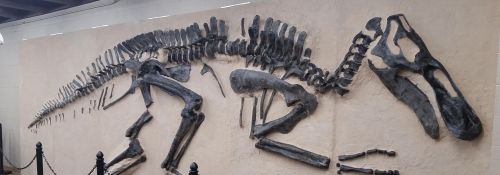
Daniel M. Fisk Museum of Natural History
Established in 1874 by Professor Daniel Moses Fisk, the Fisk Museum of Natural History at Hillsdale College contains thousands of biological, geological, and archaeological specimens. The Fisk Museum serves as a point of discovery for visitors to the College, instructional material for Hillsdale College courses, and research specimens for Hillsdale College and the greater scientific community.
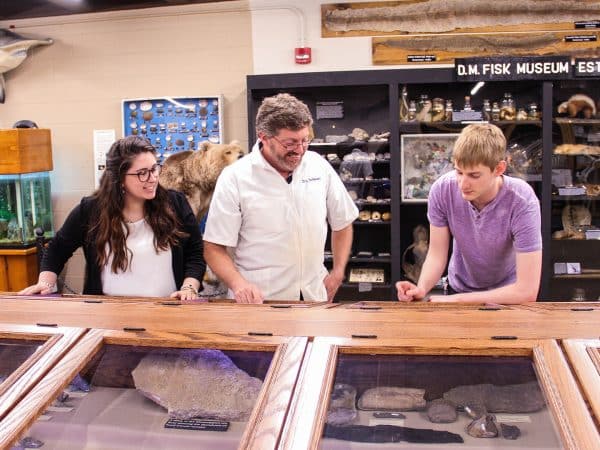
Mission
The mission of the Daniel M. Fisk Museum of Natural History is to:
- provide educational entertainment for students, faculty, staff, and visitors of Hillsdale College
- serve as an instructional resource for K-12 and college classes in the natural sciences
- serve as an intercollegiate repository for specimens and artifacts for scientific research and education
- honor the rich history and pioneering tradition in the sciences at Hillsdale College
About
The Fisk Museum continues to grow through collections by faculty and students, as well as donations from alumni and friends. Plans for custom, Victorian-style wall cases will increase the number of specimens on display in the museum.
The museum regularly hosts educational field trips for local school children. College faculty and staff also utilize the facility and its resources for classroom instruction in skeletal anatomy and zoology classes. College students also gain valuable academic and work experience, as well as financial assistance, by working in the museum as assistants to the curator.
The museum celebrates Hillsdale College’s love and respect for history, tradition, and its pioneering heritage, representing a monument to more than 140 years of excellence in the sciences at Hillsdale College.
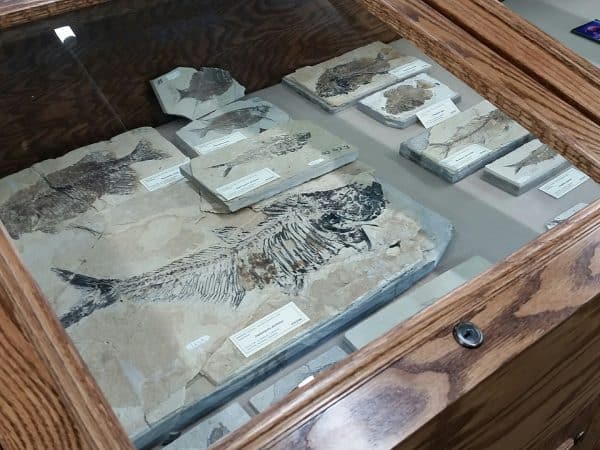
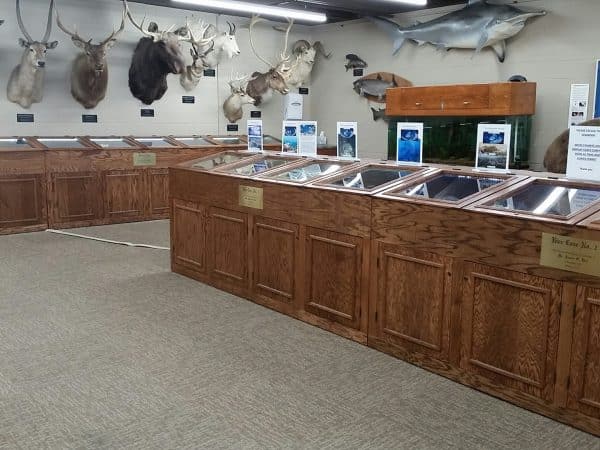
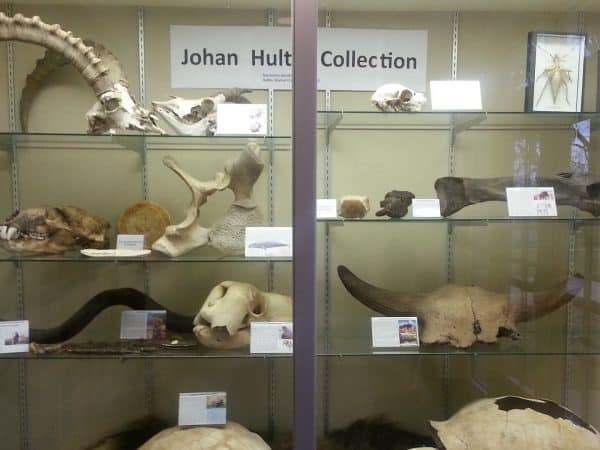
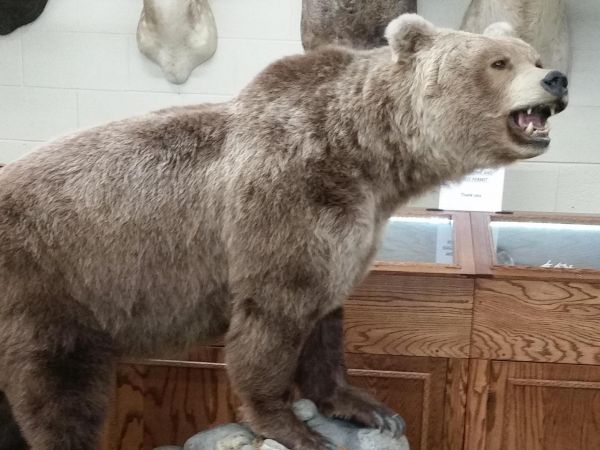
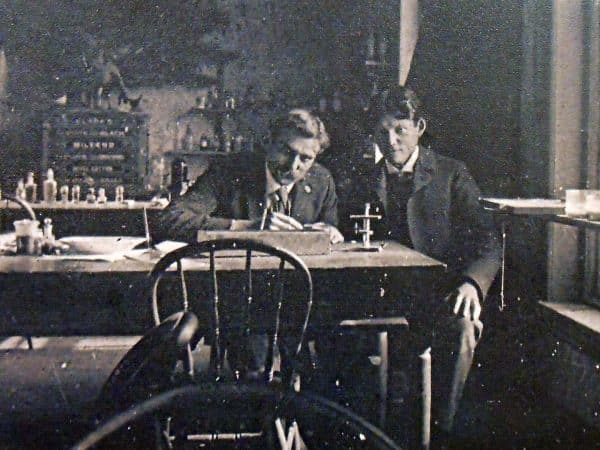
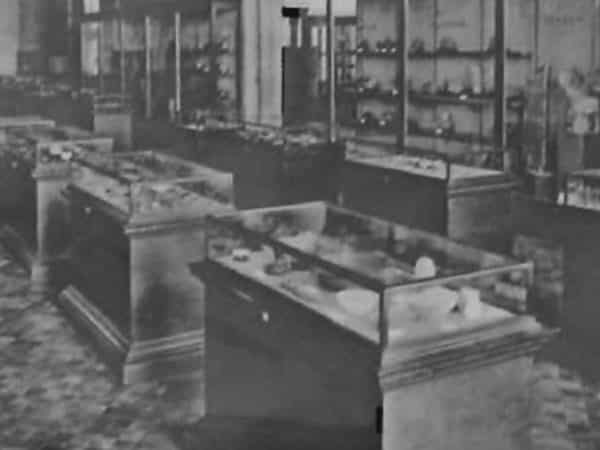
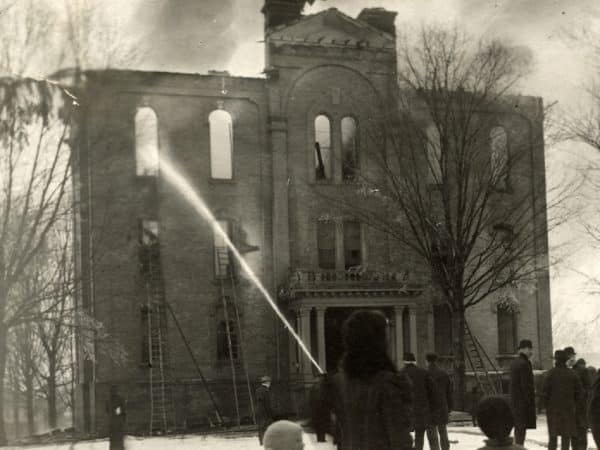
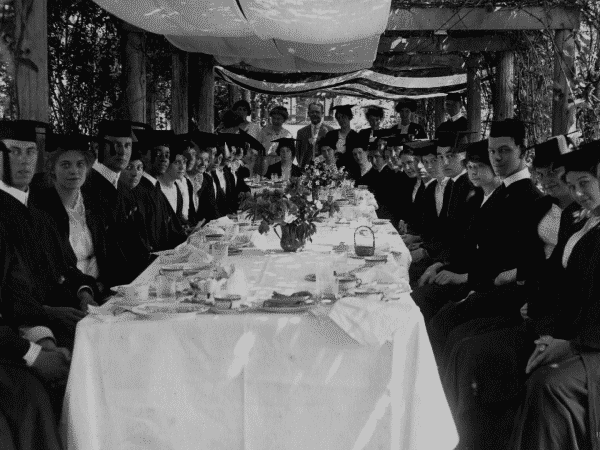
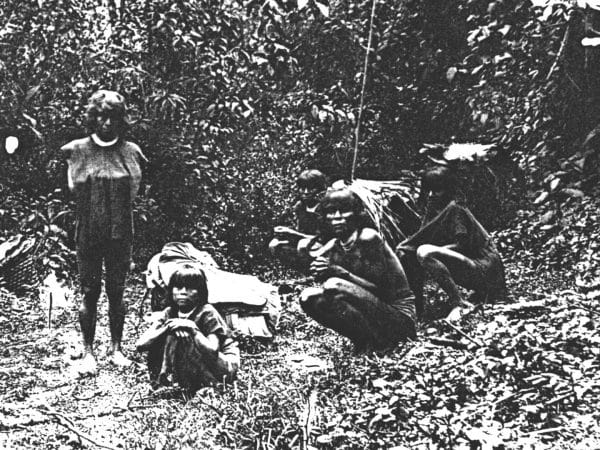
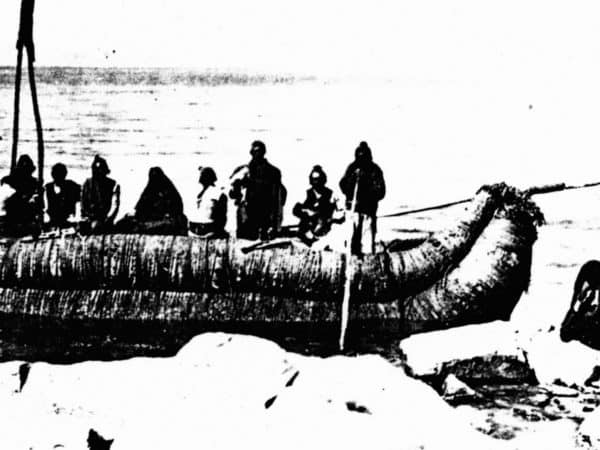
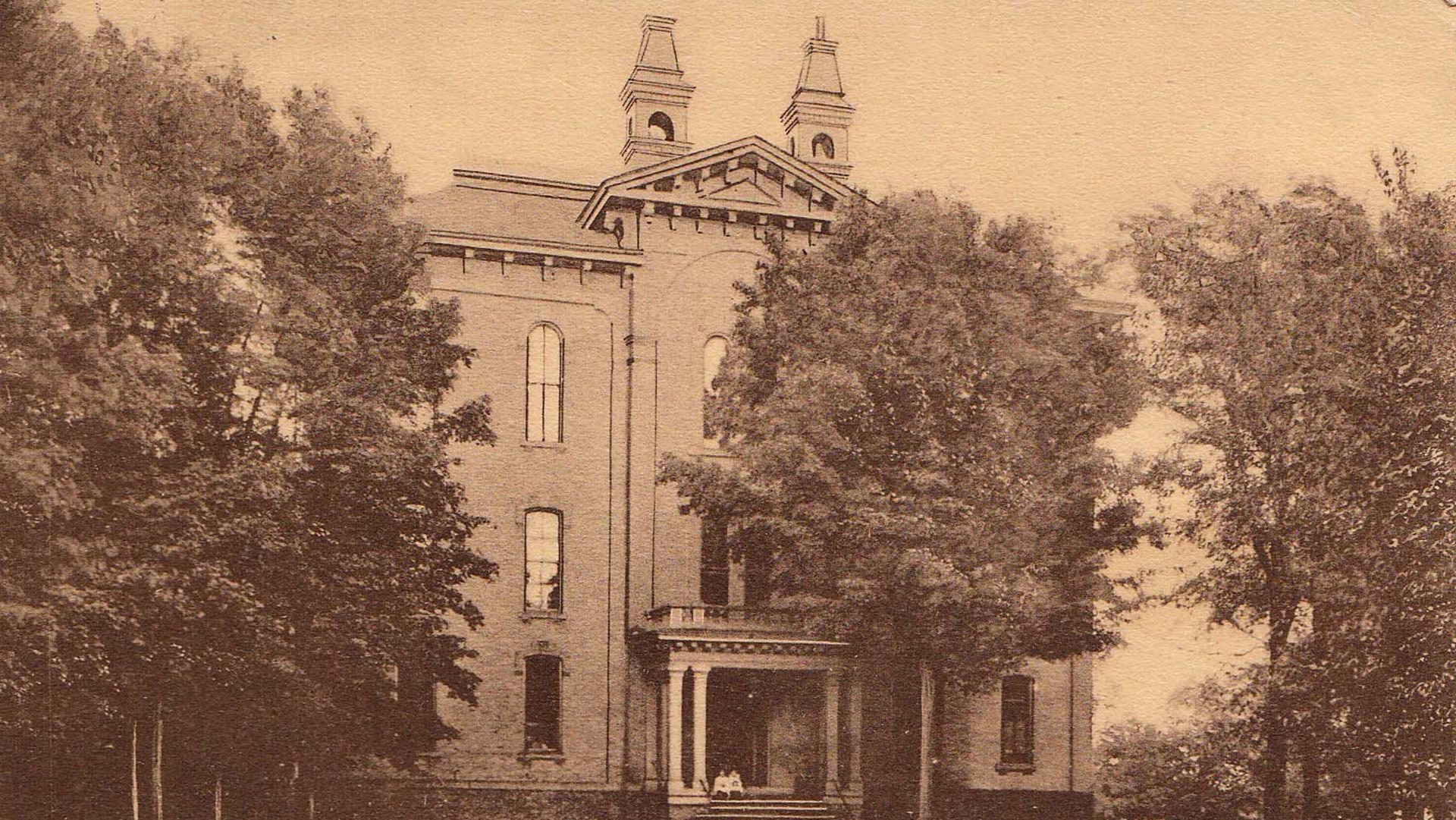
History of the Fisk Museum
Dr. Daniel M. Fisk established the Hillsdale College Museum in 1874. Housed within Knowlton Hall, the museum’s collection grew quickly with donations from notable institutions such as the Smithsonian, Brown University, McGill University, and Wabash College. Nationally-recognized scientists also contributed to the collection, including a gift of 14 sharks from the Hasler Expedition to South America by Louis Agassiz. Many other nationally known scientists also supported Hillsdale’s museum by donating specimens from around the world.
In 1880, Hillsdale College Museum sponsored a two-year expedition across South America in partnership with the Smithsonian Institute and Albion College, an undertaking that received special recognition from U.S. Secretary of State William Evarts. The expedition produced countless barrels and crates of specimens and ancient artifacts that were shipped by boat and steam train to Washington, DC, and eventually to Hillsdale College. Hundreds of photos documented the expedition and are on file in the Museum archives.
The 1910 fire that ravaged Knowlton Hall badly damaged the museum. Four years later, class president Albert A. DeLapp and the Class of 1914 donated significant personal labor and funds to rebuild the museum as their class gift and memorial, saving many priceless artifacts in the process. In the 1960s, the museum was dismantled after the construction of the Strosacker Science Center. Much of the museum’s collection was either stolen, discarded, or given away. The remaining artifacts were scattered around campus.
In 1999, biology professors Drs. Swinehart and Toczek discovered a large remnant of the original collection while searching through Knowlton Hall for any remaining specimens before the building’s impending demolition. Hidden away in the rafters above the third floor of Knowlton were 1,404 historic herbarium specimens and hundreds of mollusk samples collected from around the world between 1844 and 1894. Among this find were several species of mollusks which had since gone extinct.
Inspired by this discovery, the museum was re-established in 2010. Now housed in the Strosacker Science Center, the museum was renamed in honor of its “indefatigable” founder, Daniel M. Fisk. In 2014, on the hundred-year anniversary of Albert Delapp and the Class of 1914’s gift to the museum, Hillsdale College students again rallied to help the museum, donating $4,500 to help refurbish the facility.
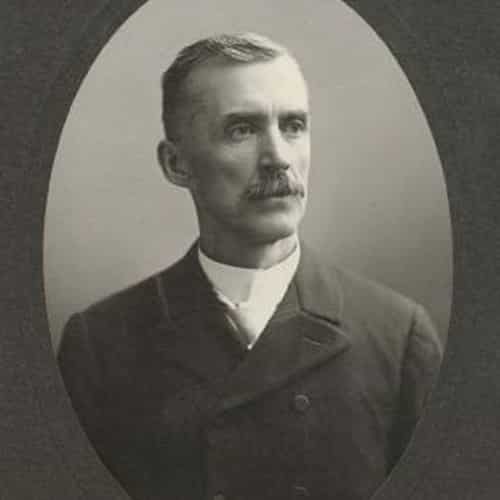
Dr. Daniel Moses Fisk was born in 1846 in New Hampton, New Hampshire, and died in 1932 in Topeka, Kansas.
From 1872 to 1886, Dr. Fisk served as Chairman of the Natural Sciences at Hillsdale College. After his tenure at Hillsdale, he served as a Baptist minister until 1899, when he was appointed a professor of sociology and theology at Washburn College, in Kansas, where he taught until his retirement in 1924.
For his immense contributions to Hillsdale College, he has become known as the “Father of the Sciences”. For his contributions to Washburn, including his role in saving the college from closing, he became known as “The Grand Old Man of Washburn”. Fisk wrote of his love for both Hillsdale and Washburn Colleges in his three-volume autobiography.
Upon his death in 1932, Fisk’s ashes, and those of his wife, were placed in separate brass boxes and entombed in the walls of MacVicar Hall at Washburn where a brass plaque given by his students and associates in memory to his faithful service to Washburn was placed. This building was destroyed by a tornado in 1966, after which the boxes and the plaque were moved to the newly-built Carnegie Hall.